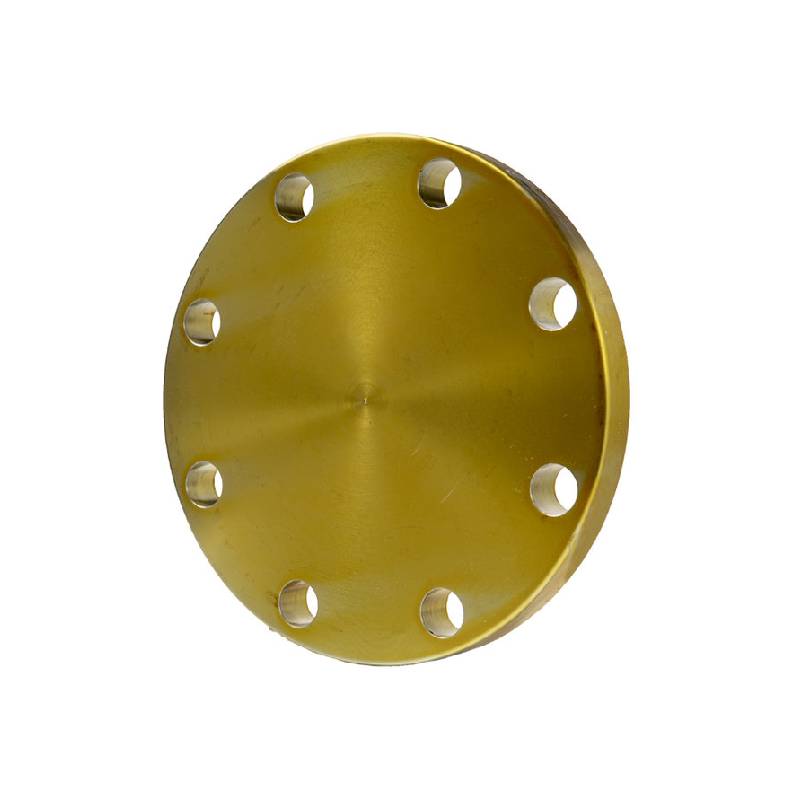-
Cangzhou Yulong Steel Co., Ltd.
-
Phone:
+86 13303177267 -
Email:
admin@ylsteelfittings.com
- English
- Arabic
- Italian
- Spanish
- Portuguese
- German
- kazakh
- Persian
- Greek
- French
- Russian
- Polish
- Thai
- Indonesian
- Vietnamese
- Zulu
- Korean
- Uzbek
- Hindi
- Serbian
- Malay
- Ukrainian
- Gujarati
- Haitian Creole
- hausa
- hawaiian
- Hebrew
- Miao
- Hungarian
- Icelandic
- igbo
- irish
- Japanese
- Javanese
- Kannada
- Khmer
- Rwandese
- Afrikaans
- Albanian
- Amharic
- Armenian
- Azerbaijani
- Basque
- Belarusian
- Bengali
- Bosnian
- Bulgarian
- Catalan
- Cebuano
- China
- China (Taiwan)
- Corsican
- Croatian
- Czech
- Danish
- Esperanto
- Estonian
- Finnish
- Frisian
- Galician
- Georgian
- Kurdish
- Kyrgyz
- Lao
- Latin
- Latvian
- Lithuanian
- Luxembourgish
- Macedonian
- Malgashi
- Malayalam
- Maltese
- Maori
- Marathi
- Mongolian
- Myanmar
- Nepali
- Norwegian
- Norwegian
- Occitan
- Pashto
- Dutch
- Punjabi
- Romanian
- Samoan
- Scottish Gaelic
- Sesotho
- Shona
- Sindhi
- Sinhala
- Slovak
- Slovenian
- Somali
- Sundanese
- Swahili
- Swedish
- Tagalog
- Tajik
- Tamil
- Tatar
- Telugu
- Turkish
- Turkmen
- Urdu
- Uighur
- Welsh
- Bantu
- Yiddish
- Yoruba

Aug . 11, 2024 17:14 Back to list
Techniques and Best Practices for Welding High Pressure Pipeline Systems in Industrial Applications
High Pressure Pipe Welding Techniques and Importance
High-pressure pipe welding is a crucial aspect of many industrial applications, particularly in sectors such as oil and gas, chemical processing, and power generation. The ability to effectively and safely weld high-pressure pipes is essential for ensuring the integrity and performance of piping systems, which often transport fluids or gases under extreme conditions.
Understanding High Pressure Piping Systems
High-pressure piping systems are designed to withstand operating pressures that typically exceed 300 psi (pounds per square inch). These systems are common in various applications, including steam lines, natural gas transmission, and high-pressure water injection systems. The materials used in these pipes can range from carbon steel and stainless steel to exotic alloys, depending on the operating environment and the fluids being transported.
The welding of these pipes requires specialized techniques and careful consideration of factors such as material compatibility, joint design, and the potential for corrosion and fatigue. As the stakes are high, the consequences of a failure in a high-pressure system can be catastrophic, leading to environmental hazards, equipment damage, and even loss of life.
Welding Techniques for High Pressure Pipes
There are several welding techniques employed in high-pressure pipe welding, including
1. TIG Welding (GTAW) Tungsten Inert Gas welding is often preferred for its ability to produce high-quality, precise welds with minimal distortion. This technique is suitable for thinner materials and provides excellent control over the heat input, which is essential in high-pressure applications.
high pressure pipe welding

2. MIG Welding (GMAW) Metal Inert Gas welding is faster than TIG and can be used for thicker materials. It is often used in combination with other processes or when speed is a priority, although care must be taken to ensure the integrity of the weld.
3. Stick Welding (SMAW) Shielded Metal Arc Welding remains popular for its versatility and ease of use. It can be done in various positions and is effective in outdoor settings, making it suitable for pipeline construction in remote areas.
4. Submerged Arc Welding (SAW) This technique is utilized for its high welding speeds and deep penetration. Its use is particularly beneficial for heavy wall thicknesses in large diameter pipes.
Quality Control and Safety Considerations
Given the nature of high-pressure systems, quality control throughout the welding process is paramount. Welds must be inspected for defects such as cracks, voids, and incomplete fusion. Non-destructive testing (NDT) methods, including ultrasonic testing (UT), radiographic testing (RT), and magnetic particle testing (MT), are commonly employed to ensure the integrity of the welds.
Safety is another critical aspect of high-pressure pipe welding. Welders must be trained to handle the equipment safely, understand the materials they are working with, and follow safety protocols to prevent accidents. Furthermore, the work environment must be assessed to mitigate risks related to high-pressure systems, ensuring that protective measures are in place.
Conclusion
High-pressure pipe welding is a complex but essential discipline in industrial operations. The techniques used, coupled with rigorous quality control and safety measures, ensure that these critical systems function reliably and safely. As industries continue to evolve, ongoing advancements in welding technology and methods will further enhance the efficiency and safety of high-pressure pipe welding, paving the way for innovations in engineering and infrastructure development. Understanding and mastering these techniques is vital for professionals in the field, as it directly impacts the safety and efficiency of industrial applications.
Latest news
-
ANSI 150P SS304 SO FLANGE
NewsFeb.14,2025
-
ASTM A333GR6 STEEL PIPE
NewsJan.20,2025
-
ANSI B16.5 WELDING NECK FLANGE
NewsJan.15,2026
-
ANSI B16.5 SLIP-ON FLANGE
NewsApr.19,2024
-
SABS 1123 FLANGE
NewsJan.15,2025
-
DIN86044 PLATE FLANGE
NewsApr.19,2024
-
DIN2527 BLIND FLANGE
NewsApr.12,2024
-
JIS B2311 Butt-Welding Fittings LR/SR 45°/90° /180°Seamless/Weld
NewsApr.23,2024











